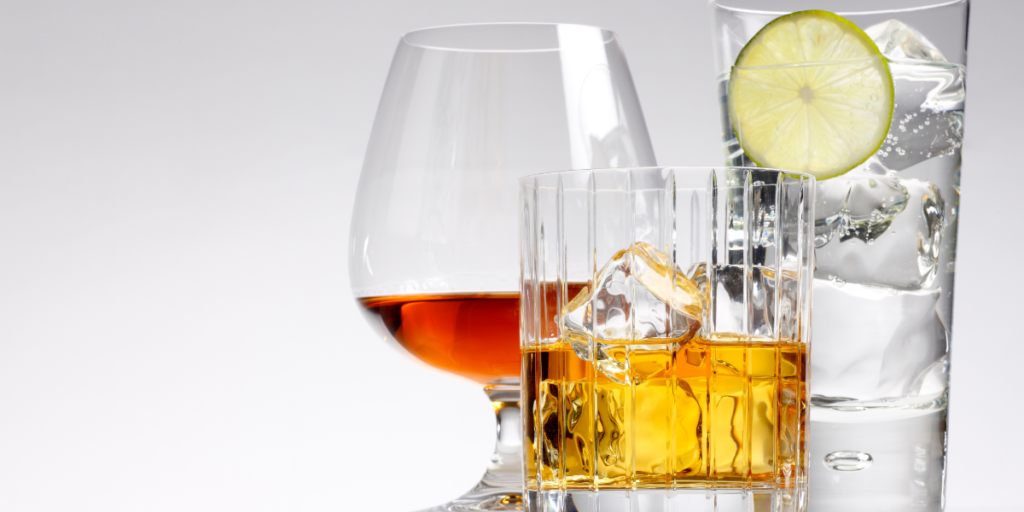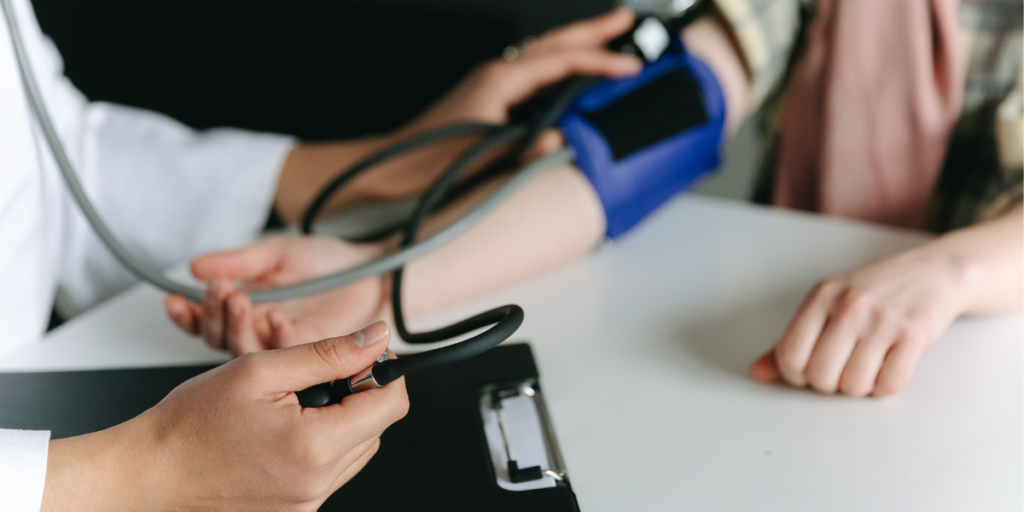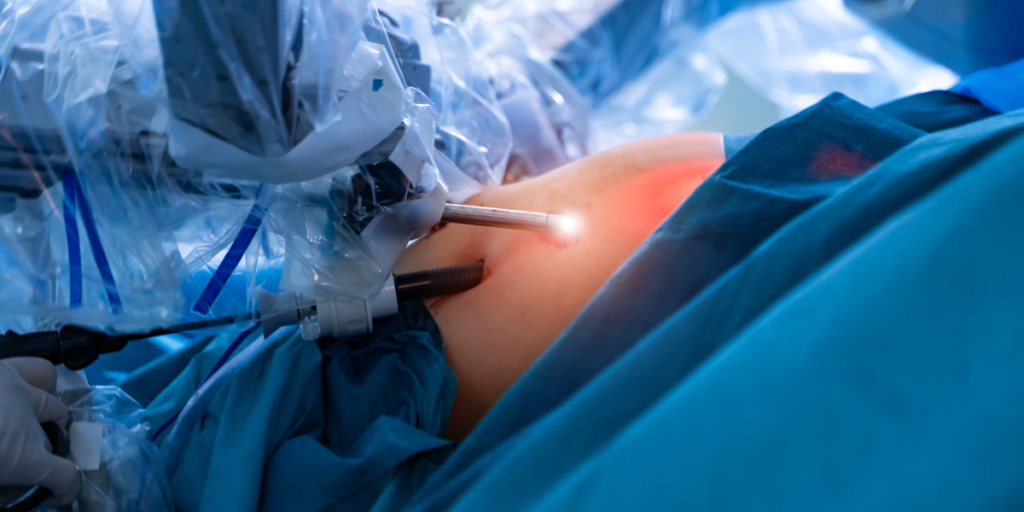Pancreatitis relates to inflammation of the pancreas. Some of the causes include long-term heavy alcohol use and gallstones. Classically, it presents as abdominal pain in the upper central region that radiates to the back.
However, what exactly is the pancreas in the first place?
The Pancreas and Pancreatitis
The pancreas is an organ of our digestive tract that acts as a gland, secreting various essential substances such as hormones and digestive enzymes. It has a dual purpose, serving as both an exocrine (hormonal) and endocrine (digestive) organ.
Anatomy of the Pancreas
The pancreas is an elongated pear-shaped organ that sits behind our stomach. The organ has several divisions, the head, neck, body and tail.

It produces pancreatic juices and secretes them into the first portion of our small intestines, the duodenum, via a system of ducts connected to our gallbladder and liver.
The Function of the Pancreas
Digestive
The pancreas produces around 1.5L of enzyme-rich fluids into our digestive tract each day. These pancreatic juices contain protease that digests proteins, lipase that digests fats and amylase that digest starches/sugars.
Hormonal
The pancreas also produces various hormones directly into our bloodstream. Below are most of the hormones produced and their functions:
- Insulin
Regulation of blood glucose, uptake and breakdown of glucose in various organs.
- Glucagon
It opposes the action of insulin in the liver and stimulates the synthesis of glucose.
- Amylin
It suppresses glucagon secretion, slows down gastric emptying and stimulates satiety (sensation of fullness after a meal).
- Ghrelin
It inhibits the secretion of insulin and stimulates appetite.
- Somatostatin
It inhibits the secretion of multiple hormones such as insulin, glucagon, thyroid-stimulating hormone, etc.
Fun Facts!
- The word pancreas derives from the Greek word ‘pankreas’, which means ‘all flesh’.
- In the culinary world, cooked pancreases are called ‘sweetbreads’, possibly due to their subtle sweetness.
- The sight and smell of food can stimulate the pancreas to start secreting its digestive enzymes.
How common is pancreatitis?
The incidence of pancreatitis varies in different parts of the world. In the United States, the incidence of pancreatitis ranges from 4.9 to 35 cases per 100,000 people per year. In incidence in the United Kingdom is higher at 56 cases per 100,000 people per year.
Locally in Malaysia, approximately 9.1 cases per 100,000 people have been discharged from our local hospitals for acute pancreatitis per year.
What causes pancreatitis?
There are multiple known causes of pancreatitis. The most common two causes are gallstones, and long-term heavy alcohol consumption constitutes two-thirds of such cases.
A Malaysian study in 2002 found that alcohol consumption was the common cause among Indians, while gallstones were a common cause in the Chinese and Malay populations.
Gallstones
- The passage of gallstones from the gallbladder down its ducts may obstruct them, causing the backflow of the digestive enzymes back into the pancreas.
Alcohol
- While not completely understood, alcohol causes increased viscosity and precipitation of pancreatic secretions. Liquid secretions thicken, and tiny solid particles form within them.

As a result, it blocks the small ducts within the pancreas, which stops the outflow of digestive enzymes to the pancreas.
In both scenarios, the stasis of digestive enzymes leads to premature activation of these enzymes inside the pancreas.
The enzymes then cause damage and inflammation to the pancreas in a process called autodigestion which translates to the pancreatic enzymes destroying and digesting its creator!
There are other known causes of pancreatitis that are less common such as
- Scorpion bites
- Steroid use
- Hypertriglyceridemia
- Adverse drug reactions
- Autoimmune
- Mumps viral infections
In roughly 20% of cases, doctors may not be able to identify the exact cause.
Symptoms of pancreatitis
Symptoms of pancreatitis include:
- Sudden abdominal pain in the upper central region (epigastric region)
- The pain may radiate to the back
- The pain may be partially relieved by leaning forward
- Nausea and vomiting
- Shortness of breath
- Fever

Is pancreatitis dangerous?
The risks and dangers of pancreatitis are related to the severity of the disease and its recurrence. The overall mortality is roughly 5%, 3% in its mild form and rises to 17% in severe cases. Thankfully, it only accounts for 5-10% of cases.
Locally in Malaysia, mortality rates are reported at 0.24 cases out of 100,000. A Malaysian study done in 2002 demonstrated overall mortality of 7.5% in pancreatitis cases.
What can I expect during the visit to the doctor?
You can expect the doctor to ask you several questions regarding your condition, mainly your symptoms.
The doctor would examine your abdomen and listen to your chest. Blood-taking is necessary to run some tests as well. Significant elevation of these pancreatic enzymes suggests the diagnosis of pancreatitis. Additionally, an ultrasound or a CT scan soon follows.
How is pancreatitis treated?
The mode of treatment for pancreatitis depends on its severity and the underlying cause. Generally, doctors treat pancreatitis with supportive types of medical treatment and monitoring.
Most patients will need hospital admission for close monitoring. It is crucial as pancreatitis may increase in severity over time, which increases the risks significantly.

Supportive treatment and monitoring include pain relief with painkillers, adequate hydration, proper nutrition, regular evaluations and blood tests. In its severe form, some patients may require antibiotics as well.
The treatment is dependent on the causes of pancreatitis:
Gallstone pancreatitis
- A scope is essential to explore the ductal system. A surgeon can remove an obstructive gallstone with Endoscopic Retrograde Cholangiopancreatography (ERCP).
Subsequently, at a later date, the patient would require gallbladder removal (cholecystectomy) to prevent further episodes due to gallstones.
For more information on gallstones and the gallbladder, feel free to read our other article on the topic at here.
Alcohol pancreatitis
- In such cases, a multidisciplinary team will address the patient’s alcohol consumption to reduce the risk of further episodes and other complications of excessive alcohol consumption.
Sometimes, complications may arise. The development of cysts (fluid collections) and necrotic collections (collections of dead tissues) within and around the pancreas can happen.
In the presence of such complications, there may be a need for surgical intervention in the forms of drainage via scope and possibly surgical removal of the dead tissue collections called a necrosectomy.
Necrosectomy
A surgeon can perform a necrosectomy. One can use a traditional open method or minimally invasive laparoscopic surgery.
Laparoscopic surgery surpasses open surgery in popularity due to its various advantages.

Complications of pancreatitis
Complications generally occur in severe cases of pancreatitis. These are such as:
Necrotising pancreatitis and necrotic collections
- The extensive damage to the pancreas may cause areas of irreversible damage and dead tissue collection.
Acute respiratory distress syndrome (ARDS)
- As damage to the pancreas worsens, digestive enzymes may enter the circulatory system. These enzymes may affect the lungs in which patients develop breathing difficulties.
Low blood pressure and shock
- As the enzymes circulate in the blood vessels, the vessel walls are damaged, causing fluid leakage into the surrounding tissue. It reduces blood volume leading to low blood pressure and potentially a shock.
Hypocalcaemia
- Lipase from the pancreas breaks down the surrounding fats into fatty acids. These bind to calcium through saponification (the same process in soap making). It may lead to low calcium levels in the body.
Systemic Inflammatory Response Syndrome (SIRS)
- The circulating pancreatic enzymes may kick off an inflammatory response in the whole body which may be life-threatening.
How can I prevent pancreatitis?
Here are some tips to reduce your risks of developing pancreatitis:
- Limit alcohol consumption
- Increase consumption of fruits and vegetables
- Control of triglyceride levels (a type of cholesterol)
- Control of blood sugar levels
- Smoking cessation
Conclusion
Pancreatitis is an uncommon disease usually caused by gallstones and chronic alcohol consumption. We can reduce our risks of pancreatitis by living a healthier lifestyle. We should also perform regular health screenings to keep our body functions in check.
If you are experiencing any concerning tummy discomforts or symptoms that may be alarming, please do not hesitate to consult a doctor for an evaluation.